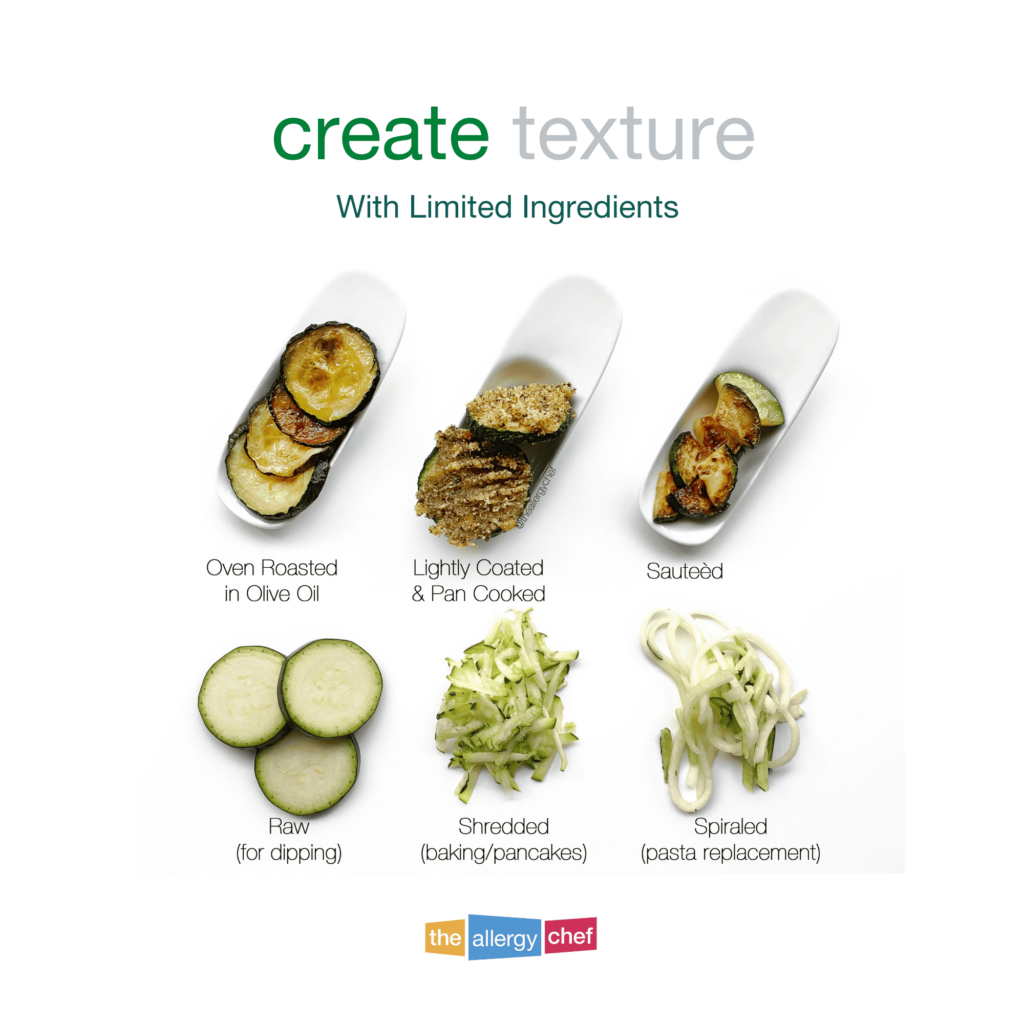Let’s be honest, there are only so many carbs and side dishes to prepare and after a while, things can get a little boring. Today I’ll be sharing some strategies and recipes on HOW you can jazz up your regular dinners. This is especially helpful if you’re stuck in a rut, but also don’t have a lot of safe foods to choose from.
What to Eat When You Want Something Different AKA How to Make Dinner More Exciting
In the image for this article, you’ll see six different ingredients you can use to make your meals more interesting:
- Spicy Spice Blend (available in a wide range of options)
- Liquid Smoke
- Savory Spices
- Mushroom Powder (other veg works too)
- Sauce (lots of options available)
- Granulated Sweetener
These six items are only scratching the surface of the world of flavour. THAT is what you eat when you’d like something different, especially if you have a limited number of safe base ingredients.
As you continue through this article I’ll keep expanding on this idea. Just know that there are hundreds of combinations you can use in your kitchen to make the same-old same-old seem fresh and exciting.
How to Make Dinner Less Boring
This is really where I can help you shine! Here’s the thing about dinner, no one really wants to be cooking for hours and hours on end at home to make one dinner. Sure, there are some foodies who want to invest their time, but even they don’t want to do that every night.
The key to making dinner less boring is to rotate through different flavour profiles and cooking techniques. Let’s look at rice for example. You can steam rice, make a risotto, or rice pilaf. That’s three ways to make dinner more interesting.
From there, we change up how we season said rice. We can use spices, herbs, mushroom powder, sweeteners, and more. With each new flavour change-up, you’ve made your dinners more interesting.
Then, we start changing the pairings. If you always eat beans and rice, how about sausage and rice? Making these small changes equates in successful, exciting meals at home.
Bored of Cooking the Same Meals
If you’re tired of cooking the same meals, I’ve got some advice for you to help break you out of the cycle. First, assess your safe list. Are you cooking the same meals because you’ve exhausted the list of safe ingredients, OR, are you just cooking the same few things again and again without fully using your list? Perhaps you’re unaware of the hundreds of ingredients to choose from.
For those who have exhausted the list, my advice is to invest in new kitchen tools that sound fun to you. Using different cooking tools and techniques on the same old ingredients can give them a new lease on life. Take a look at this picture of zucchini. If you employ this technique with all of your safe ingredients, then suddenly you have a lot more to choose from. Be sure to read the article as well to learn how to create a range of textures when working with limited ingredients.
For those who are cooking the same thing again and again, take a look at the proteins you aren’t cooking with. Then, determine some fun ways to prepare them. The Advanced Recipe Search on RAISE includes an option for a main protein. Plug in your restrictions, then scroll down a bit and pick a protein. Ta-Dah!! Now you can see recipes that are safe for you and protein focused. Use this as an inspiration to find new meals to enjoy.
For those who can eat out at restaurants, each time you go out, order something new. This can also give you inspiration for cooking at home. As you taste new flavours, think about how you can apply them to meals you’re already comfortable cooking. Giving pasta and chicken a flavour profile makeover is pretty easy when you use this method.
What Should I Make For Dinner if I Hate Cooking
This is one of my favourite questions to answer because as it turns out, Kid Three hates cooking. However, given their ages, all of the kids are required to cook meals for everyone in the house these days. Here’s the advice I would give to someone in this boat, and know that I draw some of this from how my kids are making things work for themselves.
Cook what’s easy! I try to find free-from convenience foods that the kids will enjoy such as frozen ravioli or hot dogs made with clean ingredients. It takes the kids less than 15 minutes to get the food served. On top of that, they’re generally pretty happy with the results.
Use a Pressure Cooker! This is an essential tool for people who hate to cook, in my humble opinion. Pressure cooking is a hands-off cooking method. You put your ingredients in, season, mix, add water, put the lid on, press some buttons, and walk away. The next time you come back, dinner is ready and if you play your cards right, there are leftovers too.
Chili & Sloppy Joe! These are two very easy to make meals that most people love. The BIG bonus is that both meals can be batch cooked so you have leftovers in the fridge and freezer. You can also pair these with a range of carbohydrates including toast, and my personal fave- chips. Oh, and might I add, both are great vessels for adding vegetables that you won’t even realize are there.
What to Cook When You’re Tired of Everything
My first piece of advice: NOTHING. If you’re tired of everything and you don’t feel like cooking, don’t cook. Often times we get caught up in the idea of traditional and I’m here to tell you to toss those ideas out the window. You know what’s awesome for dinner? Cereal. You know what else? A plate of random snacks.
It’s totally OK to eat a collection of foods that seem unrelated and call it a meal, because at the end of the day, as long as you have *something* at dinner time, you’ve had dinner.
In my case, when I’m tired of cooking everything, I lean into our freezer and pull from things that are already made. Since we’re not able to eat out much, this is a way to at least not have to cook. Plus, what’s in the freezer is probably something we haven’t had in a while so it doesn’t feel repetitive.
The next big tip is to cook what you love or what excites you right NOW. If you’ve been watching a cooking show and are excited about an idea, cook that for dinner. It’s new and exciting and you’ll probably enjoy the process. If you love specific foods, cook that, as this will at least make you happy with the outcome.
I’ll also add this. Humans are creatures of comfort. If there are particular foods that bring you comfort, or maybe remind of the good times of your childhood, cook those meals too. Sometimes when we’re tired of everything, going back to our roots is a helpful direction to move in.
What to Cook When You’re Too Tired to Cook
Wow, have I been where you are. There are a few things to think about. One, set yourself up for success. When you do have the energy, batch cook and freeze leftovers so you can tap into them on the tired days.
Second, utilize your pressure cooker. It’s a hands off cooking method that requires a minimal amount of prep work. The same is true of sheet pan meals.
Third, don’t be afraid to serve a collection of snacks and call it a meal. You served food and you kept everyone fueled. That’s a job well done.
Here are my top resources to help you when you’re too tired to cook:
- Easy Pantry & Freezer Meals To Keep You Fueled
- Easy Meals To Make With Frozen Vegetables (Gluten Free, Allergy Friendly)
- Easy Cooking Video: Shredded Chicken Recipe (GF Top 9)
- Easy Gluten Free & Allergy Friendly Snacks
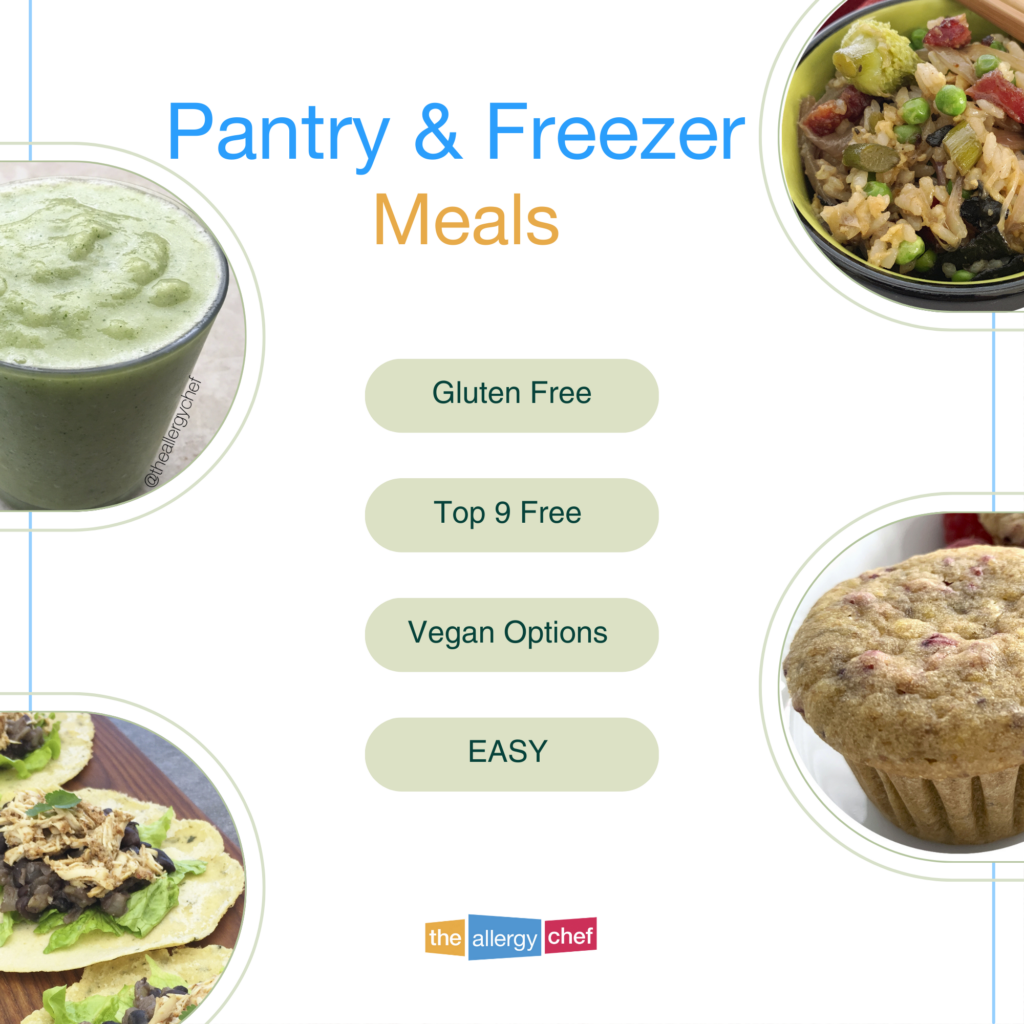 |
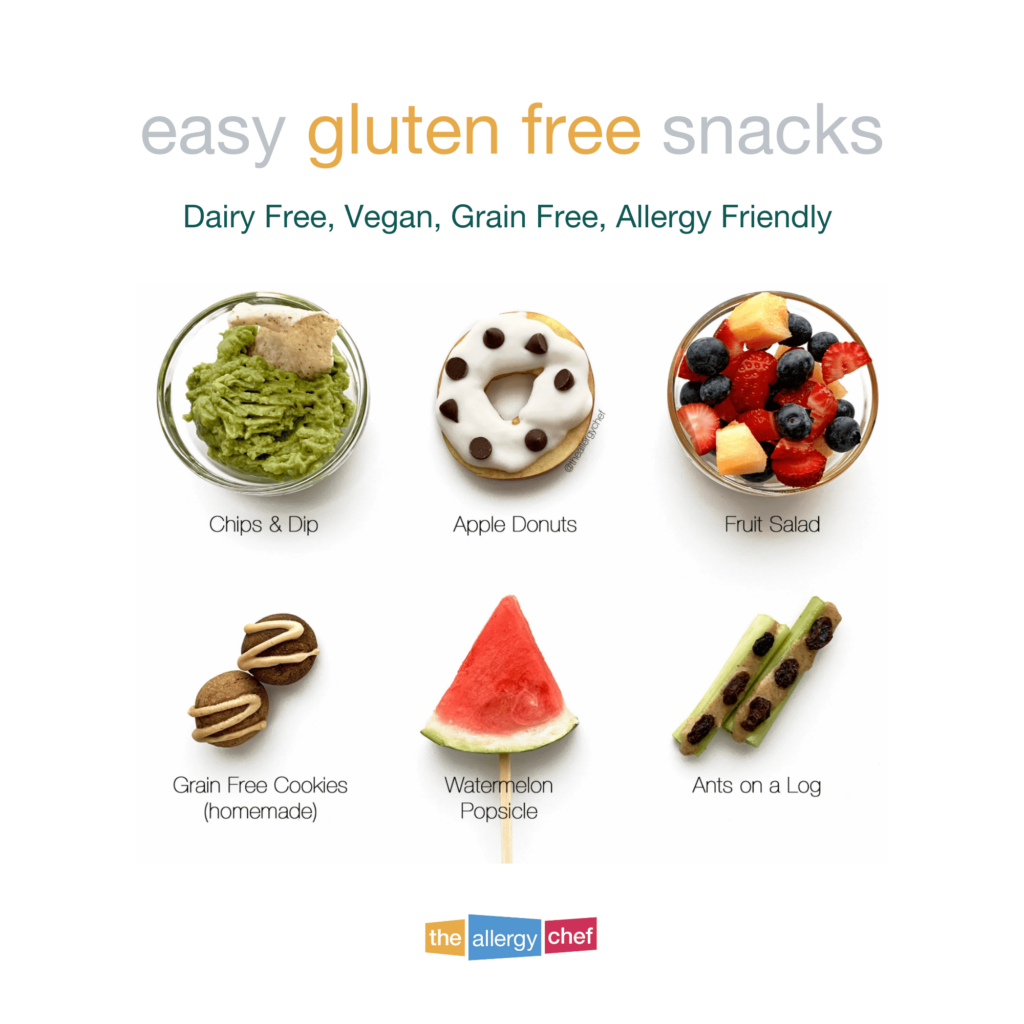 |
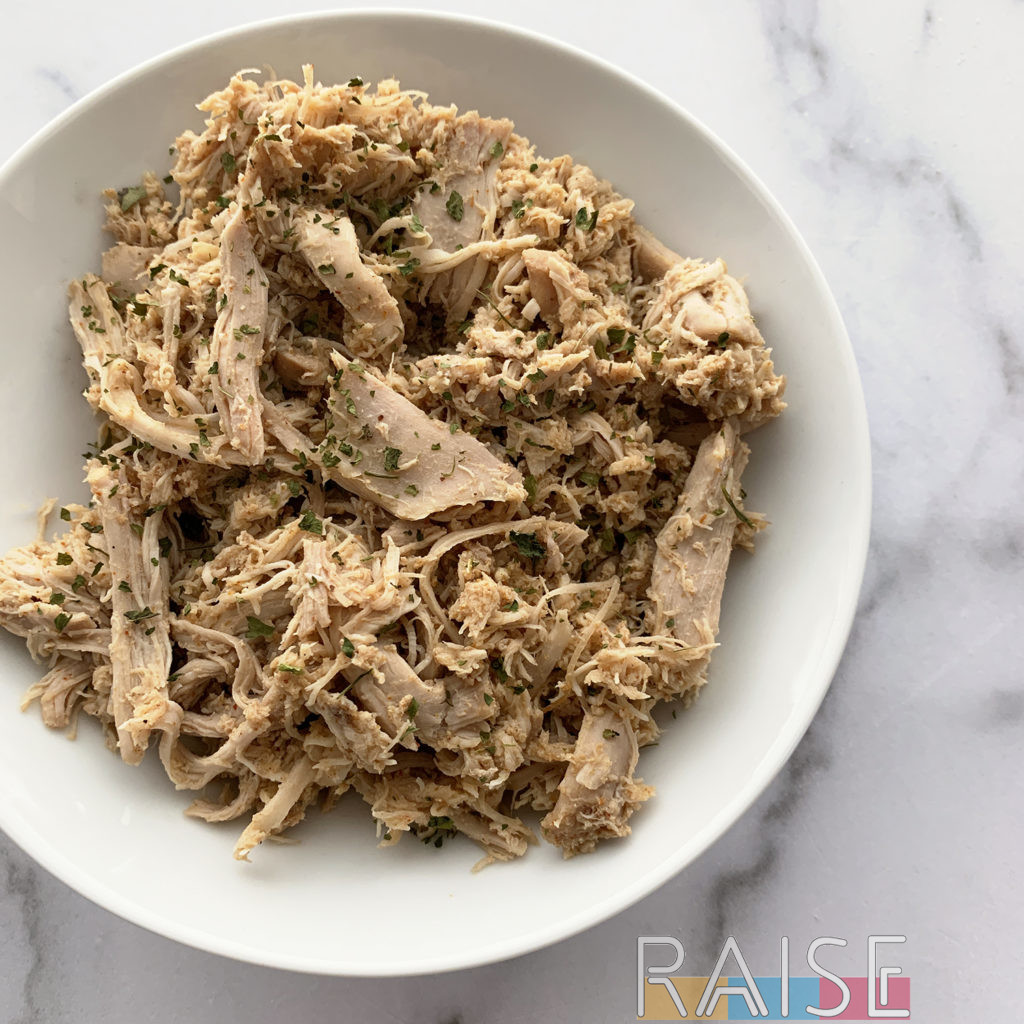 |
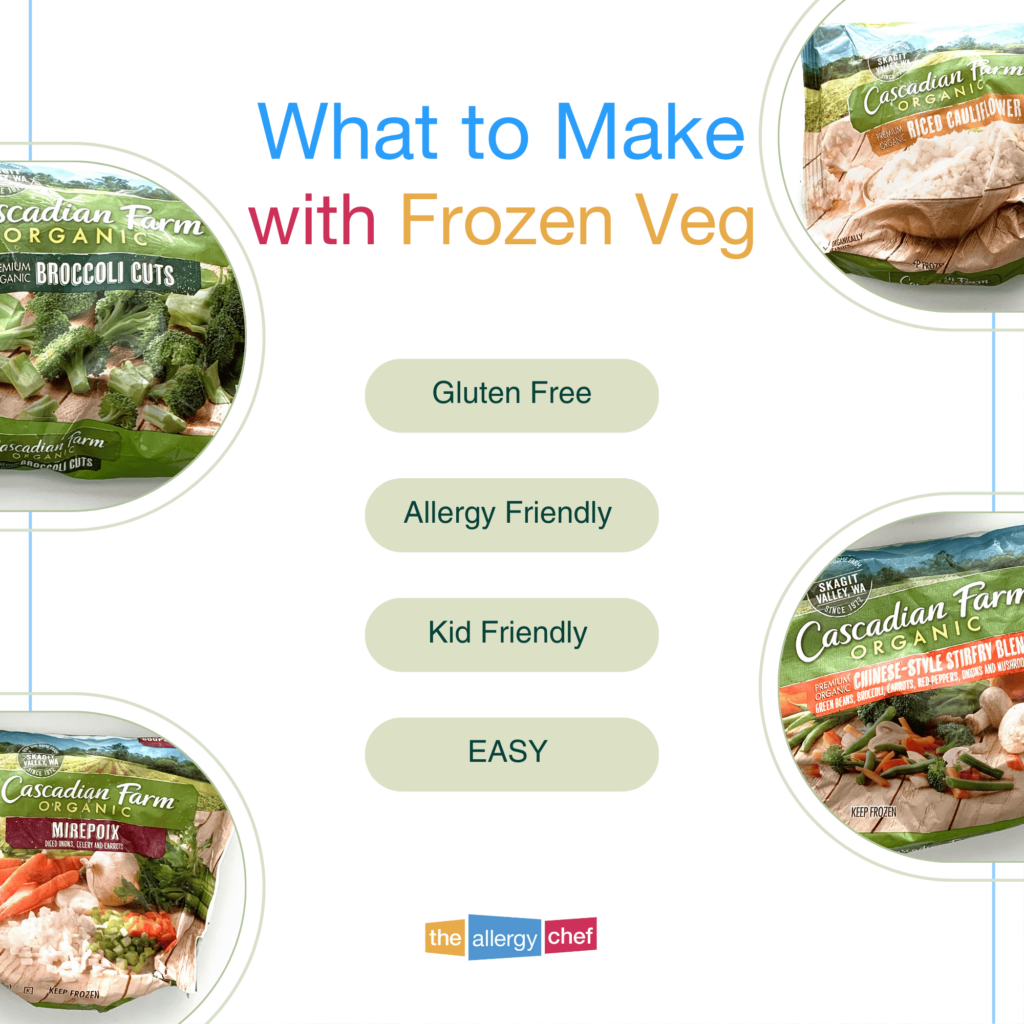 |
How to Get Out of a Cooking Rut?
If you’re tired of cooking the same meals, welcome to Rutville! We’ve all been there before and there are a few things that can help you leave that desolate village. First, make foods that make you happy. I don’t care if you’re on the latest fad diet by choice. If you want a cookie, eat one.
Next, ask yourself, what interests me? Do you love the idea of Korean street food? Perhaps something you saw on the cover of a magazine? Look for recipes that align with your interests.
A different way to look at that: eat a meal one of your favourite fictional characters would enjoy. This takes you into a whole different process of cooking and can oftentimes help you forget your regular cooking woes.
If you have some extra time, take a trip to your local bookstore. Spend some time browsing cookbooks and magazines, and purchase anything that seems like you’d have fun making. Take what you can from the books and modify as needed.
The point I’m really trying to make here is that the best way to get out of a cooking rut is to add some creativity or a new challenge. Changing things up is exactly what you need.
For those who have a very short list of safe foods, changing things up may mean using a new tool or cooking technique to add more variety to your meals.
Healthy Things to Cook When You’re Bored
For those who are really into healthy eating but finding themselves bored of their regular meals, here are a few thoughts for you. First, make a healthy version of the foods you crave. An online search will yield results for pretty much every indulgent food out there. Healthy pizza, cookies, ice cream, and much more. Perhaps you’re just burned out on the same-old healthy go-to meals you’re use to.
Another option is to look at what’s being served in Michelin starred restaurants. A lot of the meals are starting with healthy seasonal ingredients and elevating them to fine dining. Browse through menus and make a list of what you find interesting. Now you know what’s for dinner for a while.
If you’re really not feeling the kitchen at the moment, have a collection of healthy snacks. Remember, anything you serve at dinner time is dinner. The same is true of breakfast and lunch. No matter what kind of eating habits you’re sticking to, there will be snacks you can rely on. These Food Allergy Help 101 Courses might be of assistance in the areas, especially if you’re still relatively new to free-from living.
For those who are on a health journey for one reason or another, I encourage you to batch cook. When you have meals that are ready to go in the freezer, this can eliminate the need to think when it comes to meal times. On the Advanced Recipe Search on RAISE, Freezer Friendly is an option. Plug in your needs then scroll down and select freezer friendly as well to see options just for you.
Cool Things to Cook For Dinner
Now THIS is what I’m here for. First, let’s define cool, because we may be thinking different things. To me, something cool falls under one of a few categories:
- Something that seems “impossible” when free-from.
- A meal that’s served in Michelin starred restaurants.
- Something that’s just over-the-top epic like those crazy videos you see on the internet.
- A recipe that uses an ingredient or cooking technique in a way you weren’t expecting.
I’m sure there are other categories, but these are the ones that stand out to me. Make sure you know what cool means to YOU.
From there, start looking online at recipes that inspire you, then adapt and make them. On RAISE, I’ve tried to share really cool recipes that fall under the “seems impossible” category. A few of my top favourites:
- Gluten Free, Top 9 Free Orange Chicken Recipe
- Top 9 Free Queso Recipe
- Top 9 Free Thin Mint Copy Cat Recipe
- Chicken Chow Mein Memories (soy free, top 9 free)
 |
 |
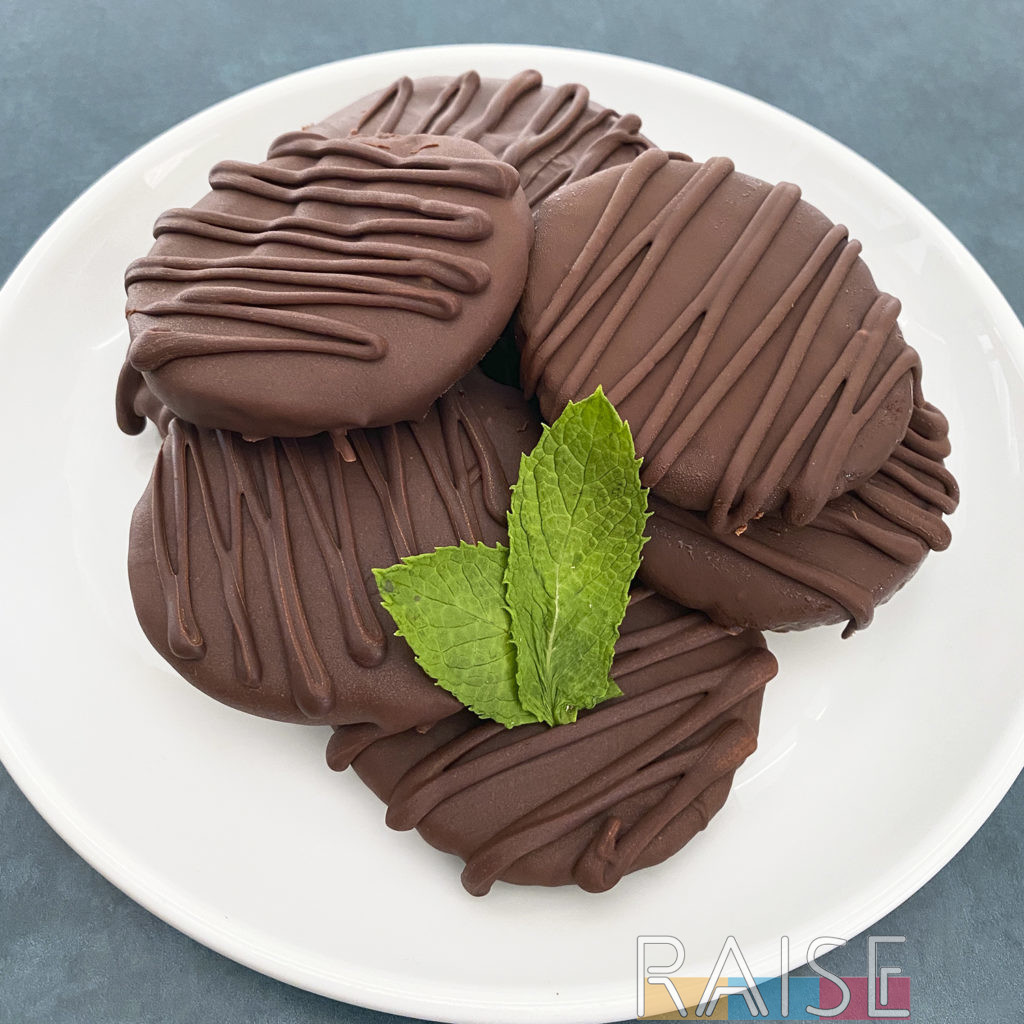 |
 |
How to Spice Up Side Dishes
When you’re thinking about how to spruce up side dishes, focus on flavours. Let’s look at potatoes. If you make mashed potatoes once or twice a week, let’s change them up. Most likely you’ve tried garlic. How about we fold in some bacon? Consider trying the restaurant version of mashed potatoes which uses up to 50% butter in the butter: potato ratio. I KNOW. It’s a LOT. Yet, people love it.
There are a long list of spices and herbs that work really well with potatoes and you can give them all a try. In the end, you may end up with 10 – 15 different ways to make mashed potatoes, and now you’ve successfully spiced up your side dish.
Take this concept and apply it to all of your sides. If you’re looking for good flavour pairings, The Flavour Bible is a reference book that’s incredibly handy.
Quick and Easy Side Dishes
For folks who’d like to add variety by creating easy side dishes, here are several recipes I think you’ll enjoy.
- Bacon Bomb Potatoes
- Cranberry Chicken Salad
- Dried Mushroom Soup
- Easy Spiced Carrots
- Cauliflower & Zucchini Soup
- Dairy Free Scalloped Potatoes
- Vegan, Dairy Free Cheesy Green Beans
- Simple Sweet Potatoes
 |
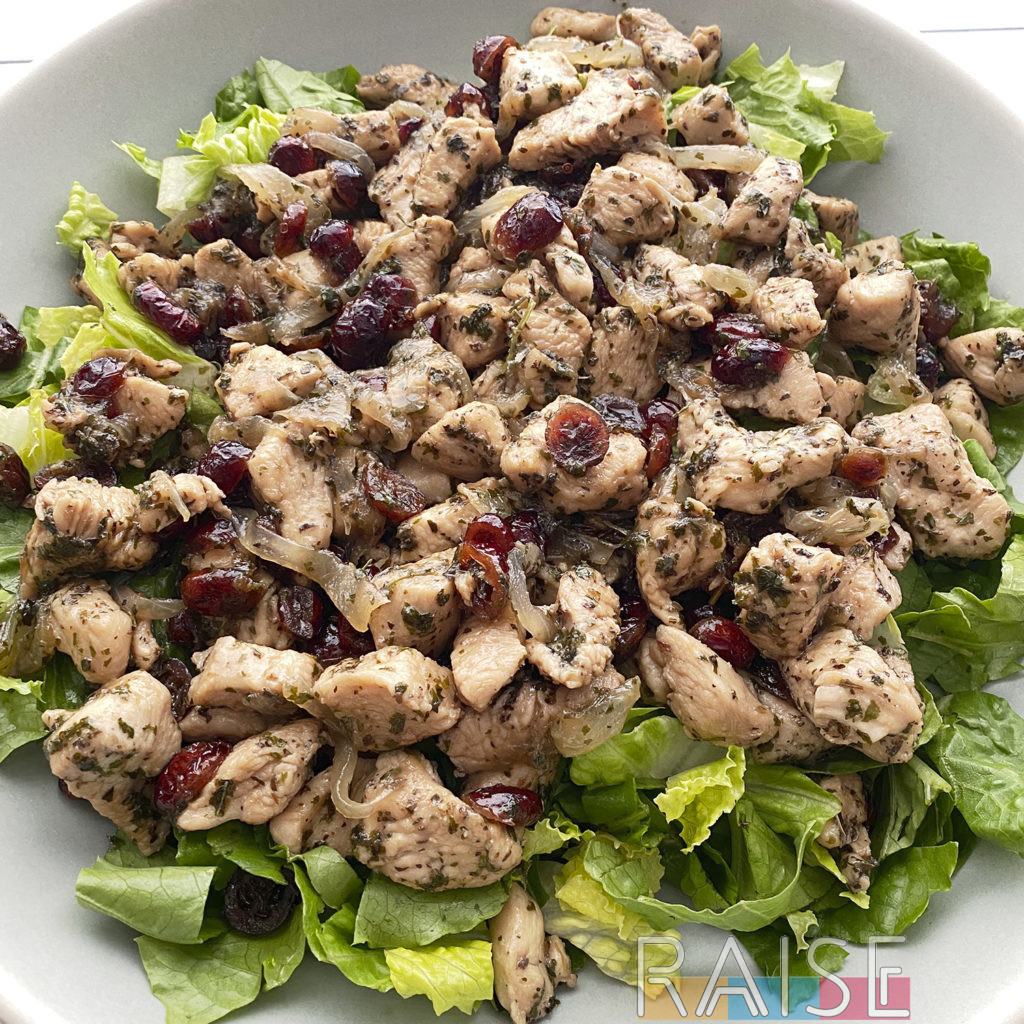 |
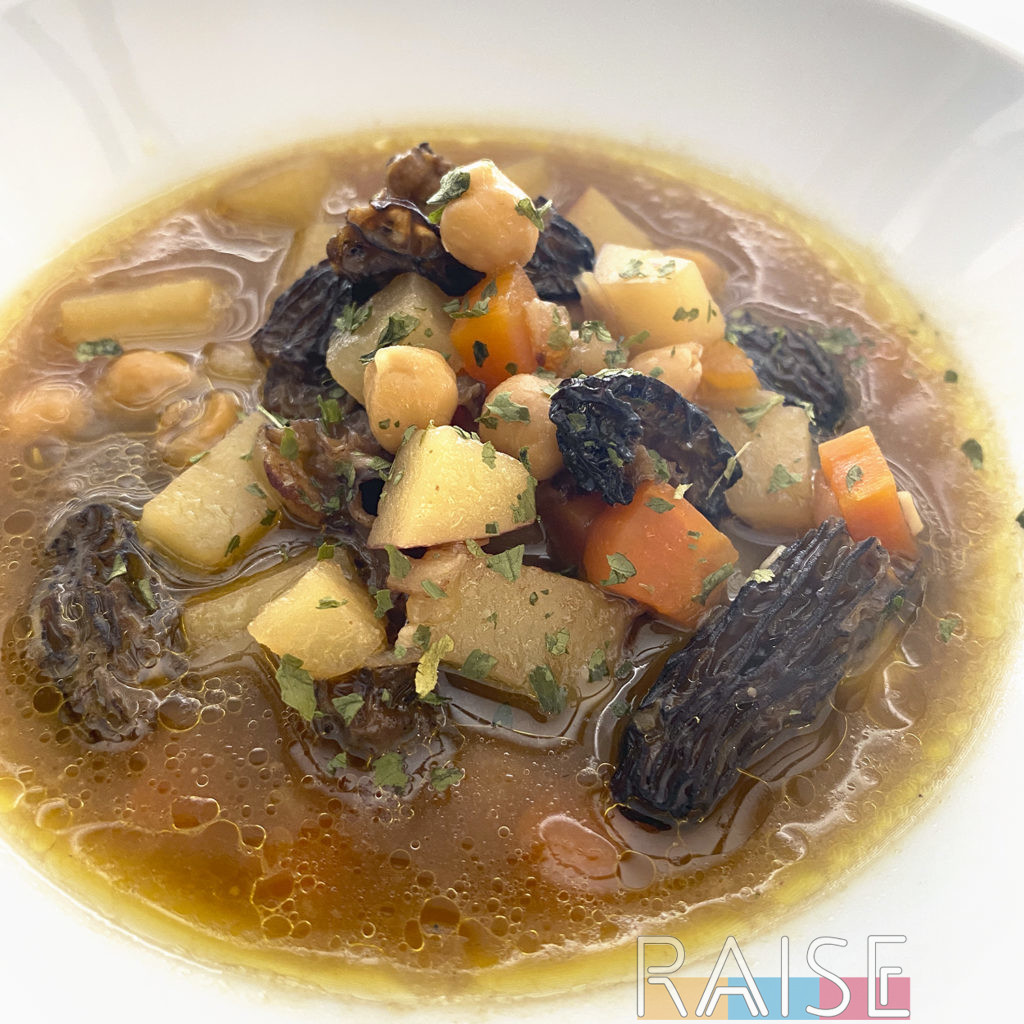 |
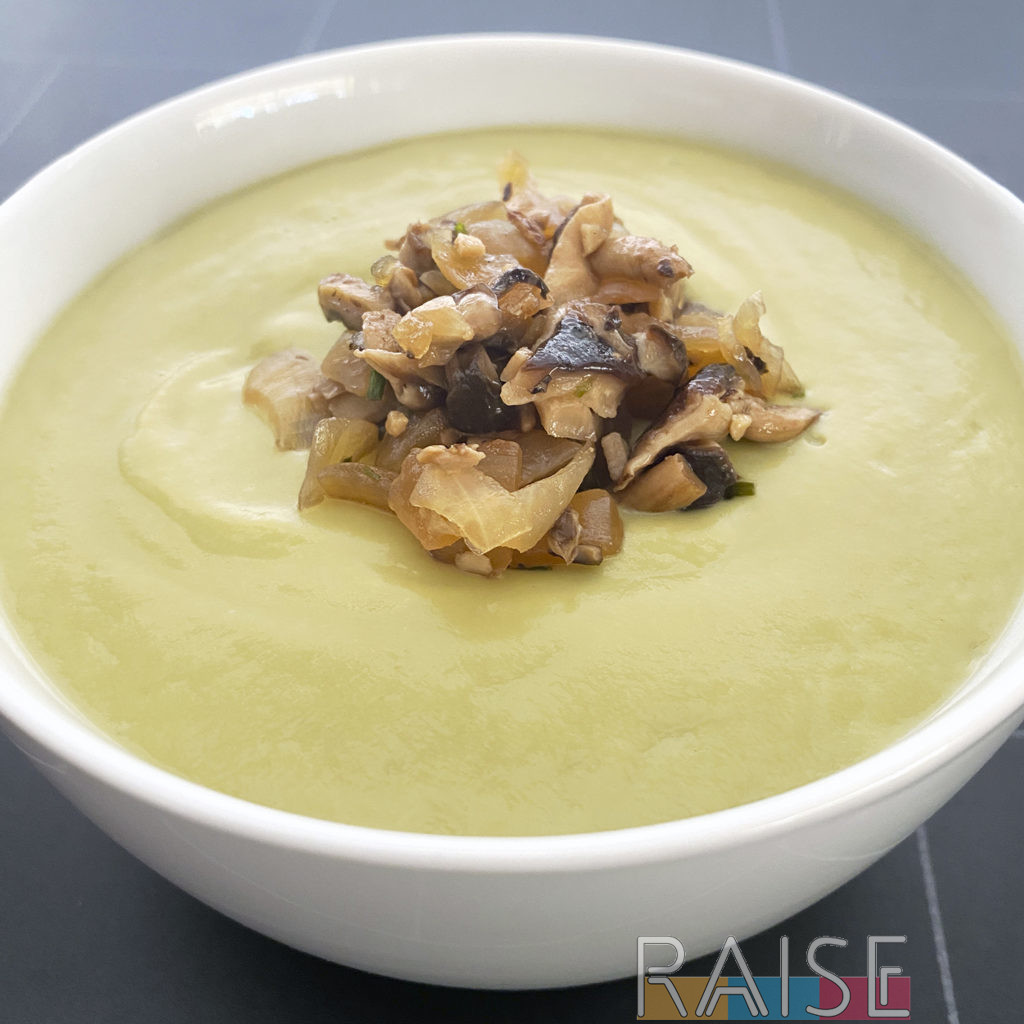 |
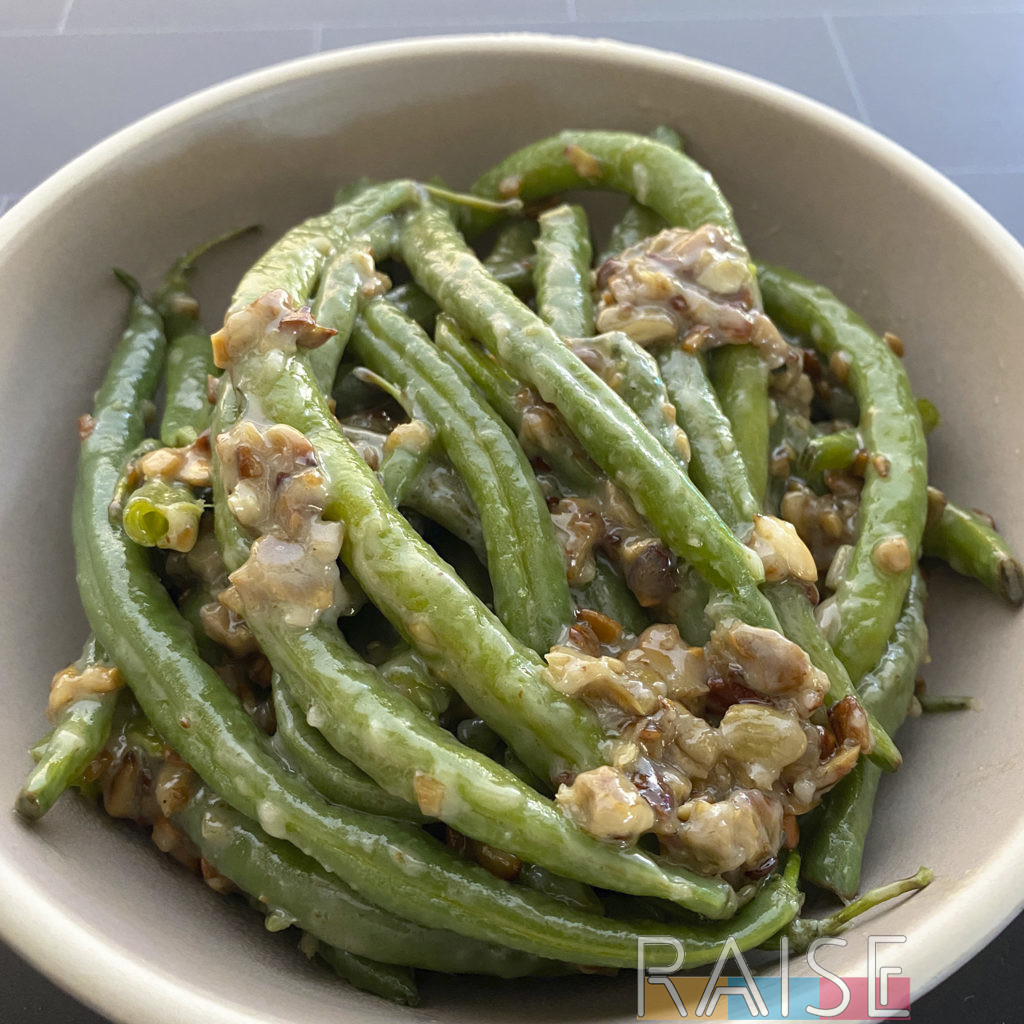 |
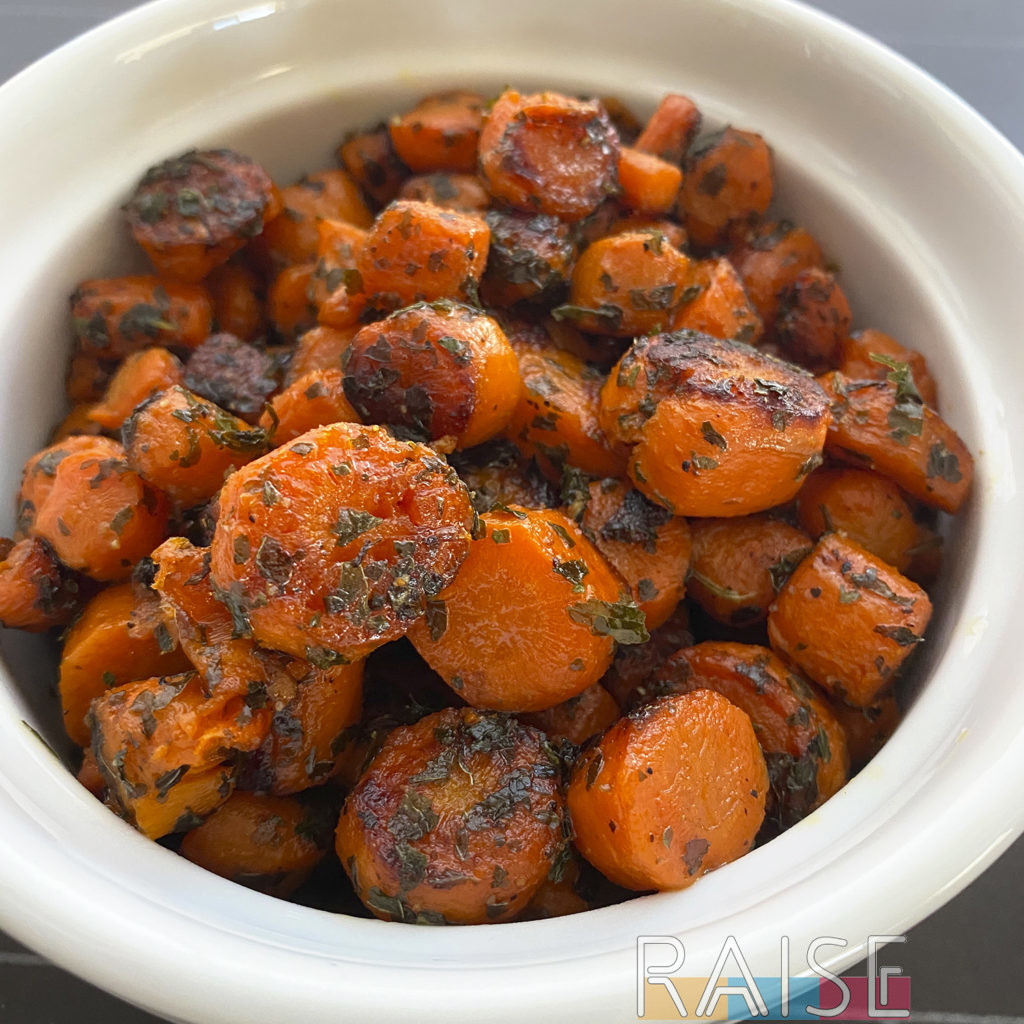 |
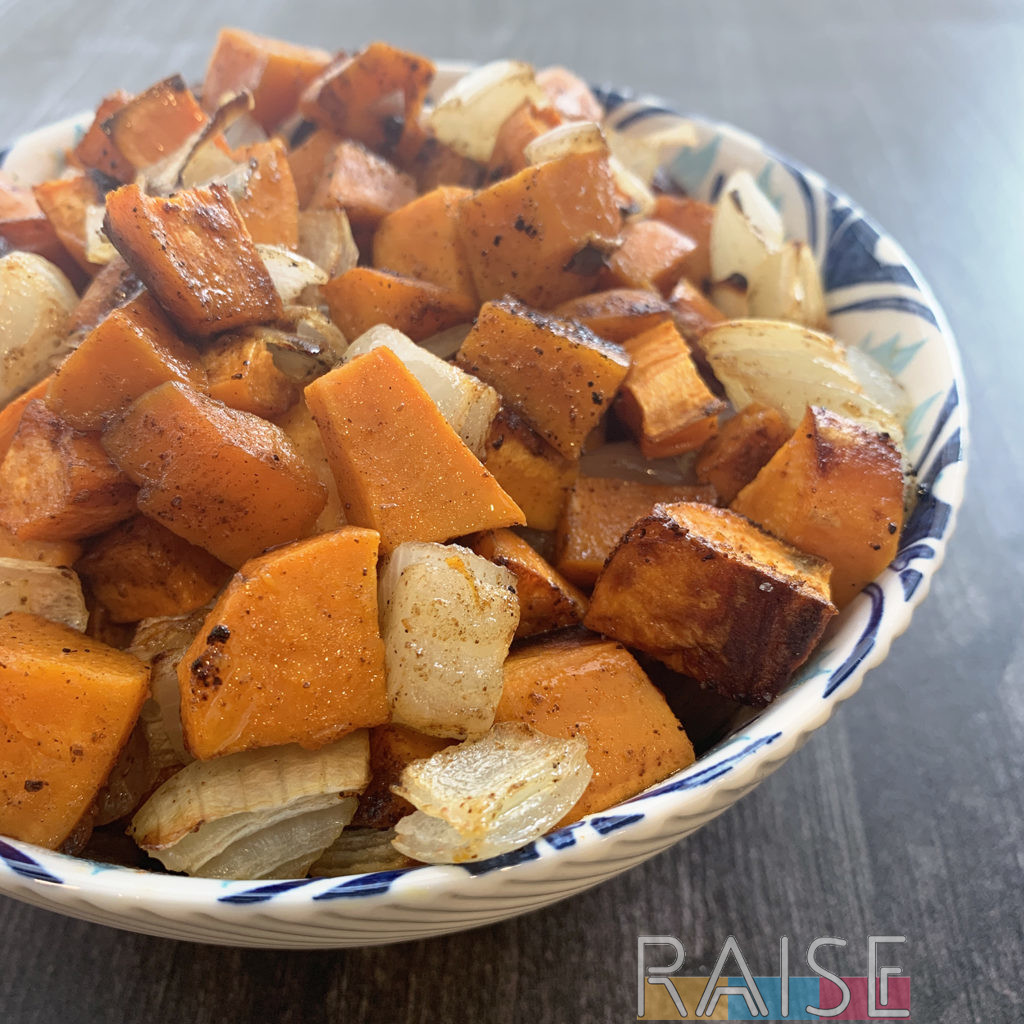 |
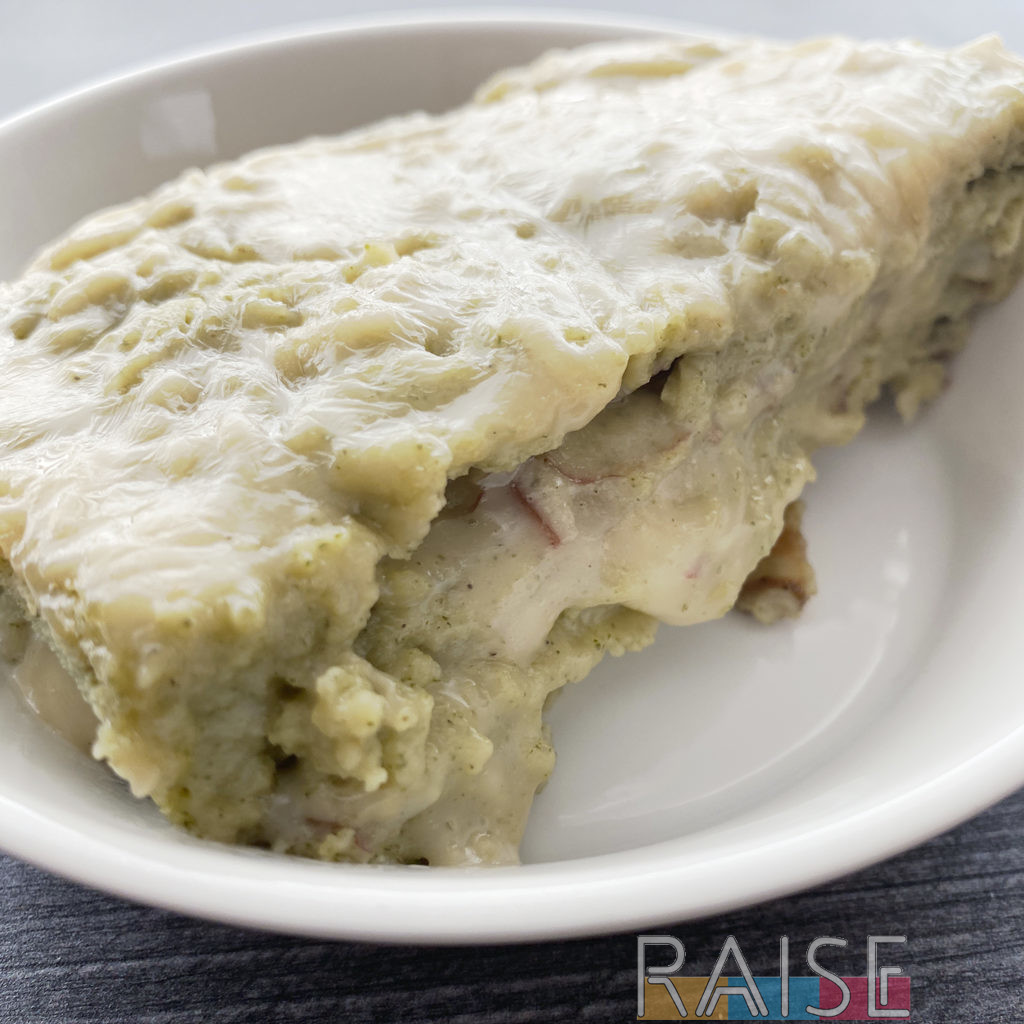 |
Hopefully this article has given you some great ideas to get creative in your kitchen and reinvigorate your meals. If you’re looking for inspiration, check out the Advanced Recipe Search. Plug in your needs then look at all the pretty pictures. Not going to lie, I do that sometimes 🙂


